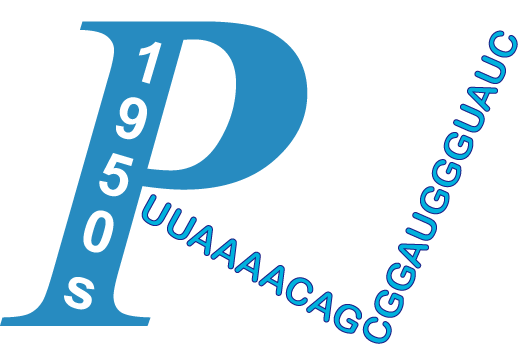| Title | Effects of vildagliptin versus sitagliptin, on cardiac function, heart rate variability and mitochondrial function in obese insulin-resistant rats. | ||
| Author | Apaijai, Nattayaporn; Pintana, Hiranya; Chattipakorn, Siriporn C; Chattipakorn, Nipon | ||
| Journal | Br J Pharmacol | Publication Year/Month | 2013-Jul |
| PMID | 23488656 | PMCID | PMC3696328 |
| Affiliation | 1.Cardiac Electrophysiology Research and Training Center, Faculty of Medicine, Chiang Mai University, Chiang Mai, Thailand. | ||
BACKGROUND AND PURPOSE: Long-term high-fat diet (HFD) consumption has been shown to cause insulin resistance, which is characterized by hyperinsulinaemia with metabolic inflexibility. Insulin resistance is associated with cardiac sympathovagal imbalance, cardiac dysfunction and cardiac mitochondrial dysfunction. Dipeptidyl peptidase-4 (DPP-4) inhibitors, vildagliptin and sitagliptin, are oral anti-diabetic drugs often prescribed in patients with cardiovascular disease. Therefore, in this study, we sought to determine the effects of vildagliptin and sitagliptin in a murine model of insulin resistance. EXPERIMENTAL APPROACH: Male Wistar rats weighing 180-200 g, were fed either a normal diet (20% energy from fat) or a HFD (59% energy from fat) for 12 weeks. These rats were then divided into three subgroups to receive vildagliptin (3 mg.kg(-1).day(-1)), sitagliptin (30 mg.kg(-1).day(-1)) or vehicle for another 21 days. Metabolic parameters, oxidative stress, heart rate variability (HRV), cardiac function and cardiac mitochondrial function were determined. KEY RESULTS: Rats that received HFD developed insulin resistance characterized by increased body weight, plasma insulin, total cholesterol and oxidative stress levels along with a decreased high-density lipoprotein (HDL) level. Moreover, cardiac dysfunction, depressed HRV, cardiac mitochondrial dysfunction and cardiac mitochondrial morphology changes were observed in HFD rats. Both vildagliptin and sitagliptin decreased plasma insulin, total cholesterol and oxidative stress as well as increased HDL level. Furthermore, vildagliptin and sitagliptin attenuated cardiac dysfunction, prevented cardiac mitochondrial dysfunction and completely restored HRV. CONCLUSIONS AND IMPLICATIONS: Both vildagliptin and sitagliptin share similar efficacy in cardioprotection in obese insulin-resistant rats.
